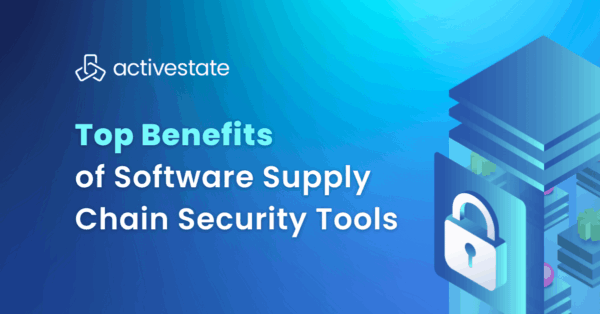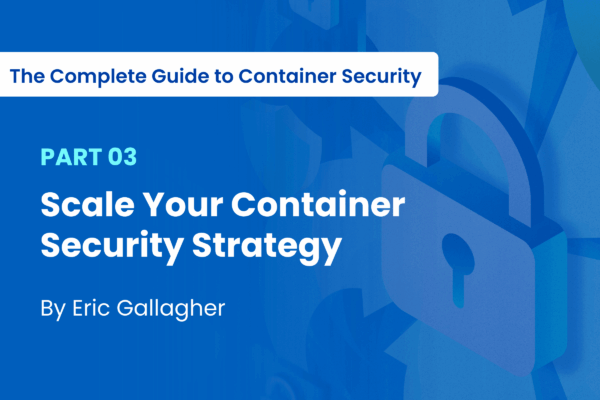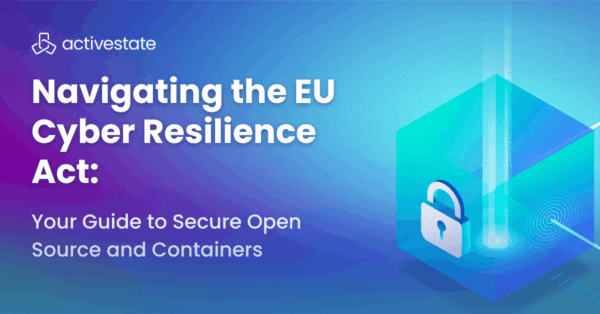The Ever-Present Threat: Why Vulnerability Management Matters
The statistics are sobering. According to recent reports, over 80% of codebases in 2024 contained at least one known open-source vulnerability. The consequences of these vulnerabilities can be devastating, ranging from data breaches and financial losses to reputational damage and legal repercussions. The infamous Equifax breach, which exposed the personal data of nearly 150 million people, was the result of an unpatched vulnerability in an open-source web application framework.
For CISOs and CIOs, the challenge is to allocate resources effectively to mitigate these risks. For CEOs, it’s about protecting the company’s brand and bottom line. For DevOps and DevSecOps teams, the pressure is on to deliver software quickly without sacrificing security. And for open-source users, it’s a matter of trust and ensuring that the components they’re using are safe and secure. A comprehensive vulnerability management program addresses all of these concerns by providing a structured and proactive approach to identifying, assessing, and remediating vulnerabilities. ActiveState helps overcome the challenge that organizations often struggle to convert vulnerability alerts into deployed fixes, creating a critical gap in software supply chain security.
The Vulnerability Management Lifecycle: A Continuous Journey
The vulnerability management lifecycle is not a one-time fix; it’s a continuous, cyclical process that involves several distinct stages. Let’s break down each stage and explore its significance for different stakeholders.
1. Discovery and Assessment: You Can’t Protect What You Don’t Know You Have
The first stage of the lifecycle is all about visibility. You can’t protect your organization from vulnerabilities if you don’t have a clear understanding of your assets and their potential weaknesses.
- Asset Inventory: The foundation of any effective vulnerability management program is a comprehensive asset inventory. For DevOps and DevSecOps teams, this means having a clear picture of all the open-source components and dependencies used in their projects.
- Vulnerability Blast Radius: This maps the full scope and impact of vulnerabilities across your organization with a proprietary database of the world’s largest known-good dependency data. It provides Proprietary Dependency Intelligence, offering full insights into your transitive dependencies from the world’s largest open source data source, comprising over 40 million unique artifacts and three decades of build expertise.
2. Prioritization: Not All Vulnerabilities Are Created Equal
The sheer volume of vulnerabilities discovered during the assessment phase can be overwhelming. The key is to prioritize them based on risk to the organization.
- CVSS Scoring: The Common Vulnerability Scoring System (CVSS) provides a standardized way to assess the severity of vulnerabilities. However, CVSS scores should not be the only factor in prioritization.
- Asset Criticality: A critical vulnerability in a non-essential, internal-facing application is less of a concern than a moderate vulnerability in a customer-facing, mission-critical system. CISOs and CIOs must work with business leaders to identify and classify assets based on their importance to the organization.
- Risk Prioritization Copilot: ActiveState empowers your security operations with AI, transforming operations from reactive to proactive. It uses an AI-powered analysis that detects breaking changes and automatically prioritizes critical issues.
- Business Impact: Ultimately, prioritization should be driven by business impact. What would be the consequences of a successful exploit? This is a question that CEOs and other business leaders need to be involved in answering.
3. Remediation and Mitigation: Taking Action to Reduce Risk
Once you’ve prioritized your vulnerabilities, it’s time to take action. There are several ways to address vulnerabilities:
- Precision Remediation Pipeline: That automatically implements recommended fixes to speed up deployment. This pipeline performs Automated Component-level Intervention, providing tested, permanent fixes, including adaptive patch forwarding and backporting for legacy software maintenance.
ActiveState stands out by delivering fixes, not just suggestions. Its automated processes help slash incident response times from months to hours for DevOps teams. The platform automatically updates to a secure version when a vulnerability arises, with all packages built in a hardened environment and undergoing running verification tests. ActiveState has expanded its secure open source offering to include secure container images. These are fully customizable, secure-by-default container images that eliminate the complexity of building and maintaining secure images.
4. Verification and Reassessment: Closing the Loop
ActiveState’s platform provides continuous monitoring and auditable change tracking. The results of the verification process should be documented and reported to stakeholders, including leadership and the teams responsible for remediation. This provides accountability and helps to track the progress of the vulnerability management program.
5. Improvement and Reporting: A Culture of Continuous Improvement
The final stage of the lifecycle is all about learning and improvement. By analyzing trends and root causes, you can identify areas where your security posture can be strengthened. ActiveState helps deliver KPI reporting for full transparency and provides a collaborative analytics portal with interactive dashboards for sharing reports and fostering collaboration.
Designing a Vulnerability Management Program: Beyond the Tools
While tools are an important part of any vulnerability management program, they are not a silver bullet. A truly effective program requires a holistic approach that includes people, processes, and technology.
- Executive Buy-in: The first and most important step in designing a vulnerability management program is to get buy-in from executive leadership. This includes the CEO, CIO, and other senior leaders who can provide the necessary resources and support for the program.
- Clear Roles and Responsibilities: It’s essential to have clearly defined roles and responsibilities for all aspects of the vulnerability management program. This can be achieved through a RACI (Responsible, Accountable, Consulted, and Informed) chart that outlines who is responsible for each task.
- Documented Policies and Procedures: A successful program is built on a foundation of documented policies and procedures. This includes everything from the frequency of scanning to the process for prioritizing and remediating vulnerabilities.
Vulnerability Management as a Service (VMaaS): A Helping Hand
For many organizations, especially those with limited resources or expertise, vulnerability management as a service (VMaaS) can be a valuable option. VMaaS providers offer a range of services, from vulnerability scanning and prioritization to remediation and reporting.
The benefits of VMaaS include:
- Access to Expertise: VMaaS providers have a team of experienced security professionals who can help you design and implement a world-class vulnerability management program.
- Cost-Effectiveness: For some organizations, outsourcing vulnerability management can be more cost-effective than building and maintaining an in-house team.
- Focus on Core Competencies: By outsourcing vulnerability management, you can free up your internal teams to focus on their core competencies, such as developing and deploying new products and services.
Conclusion: A Proactive Approach to Security
Implementing a robust vulnerability management lifecycle, designing a comprehensive program, and leveraging the expertise of ActiveState’s Open Source Security Posture Management Platform, you can significantly reduce your organization’s risk and build a culture of security that extends from the C-suite to the development floor. For some organizations, outsourcing vulnerability management can be more cost-effective than building and maintaining an in-house team. ActiveState helps reclaim 30% of time wasted on manual dependency triage for developers and allows DevOps to cut incident response times from months to hours with automated, auditable workflows, ultimately lowering costs.
ActiveState offers a Center of Excellence, which is a VIP open source support service, working with customers to project manage the roll-out process and ensure best practices are covered.
The journey to a more secure future begins with a single step: taking control of your vulnerabilities before they take control of you.







